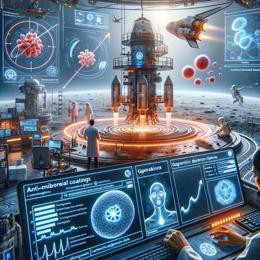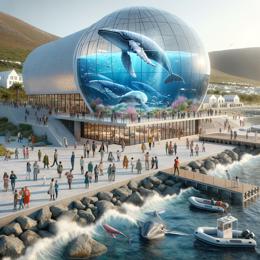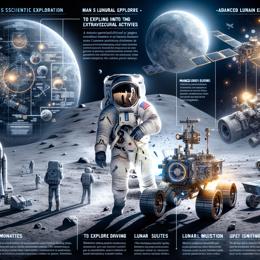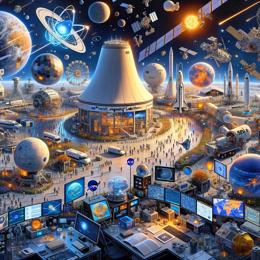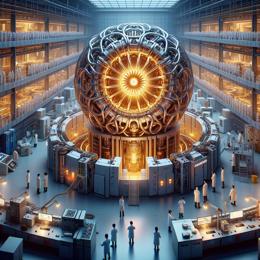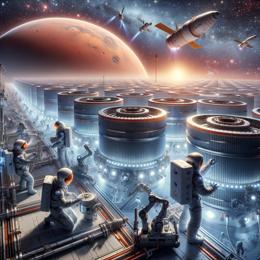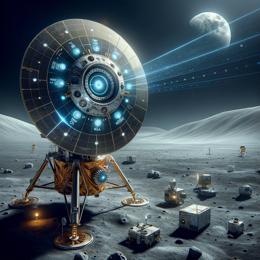Image created by AI
NASA's BioSentinel Mission Sheds Light on Space Radiation Amid Earth's Auroras
As the vibrant hues of an aurora graced Earth's skies, heralded by a May 2024 geomagnetic storm, a small NASA spacecraft named BioSentinel was dancing to a different cosmic rhythm - unraveling secrets of solar radiation essential for humankind's deep space ambitions.
The light show, visible globally, owed its beauty to the interplay between violent coronal mass ejections from our Sun and Earth's protective magnetic mantle. But as humanity reaches for the stars, with manned missions to the Moon and Mars on the docket, understanding the implications of leaving Earth's protective embrace is a prerequisite.
Aboard BioSentinel, a spacecraft approximately the size of a breakfast cereal box and orbiting the Sun over 30 million miles from Earth, NASA has been diligently collecting data to better understand the perils of radiation that prowls in deep space. With no planetary magnetic field to shelter it, the satellite experienced the May storm first-hand.
Principal investigator Sergio Santa Maria, based at NASA's Ames Research Center, recognized this solar maximum - a period of intense solar activity - as a rare opportunity to monitor space radiation. Such data are not only a goldmine for heliophysics but also intrinsic to the safety of astronauts venturing beyond Earth.
An initial sweep of the data revealed the moderate nature of the geomagnetic storm, less menacing in terms of solar radiation than anticipated. While it was a grand spectacle on Earth, it held minor implications for unprotected lifeforms, comparable in exposure to the solitary BioSentinel.
The mission's original purpose was to observe yeast samples under the conditions of deep space. While the yeast's life cycle concluded months post-launch, BioSentinel's mission has transcended its primary goals. Now, it's become a pioneer in monitoring the effects of space conditions on biological organisms, as it faithfully carries out its extended mission, retreating ever farther from Earth.
Santa Maria and his team take pride in the CubeSat's performance, highlighting the extended mission's worth and hinting at the longevity and potential of such technology for future exploration.
As auroras paint our skies, they are not just a natural spectacle but subtle reminders of unseen cosmic forces at play. NASA's continued research, with tools like BioSentinel, is pivotal in equipping future generations with the knowledge to thrive in the vast ocean of space.

